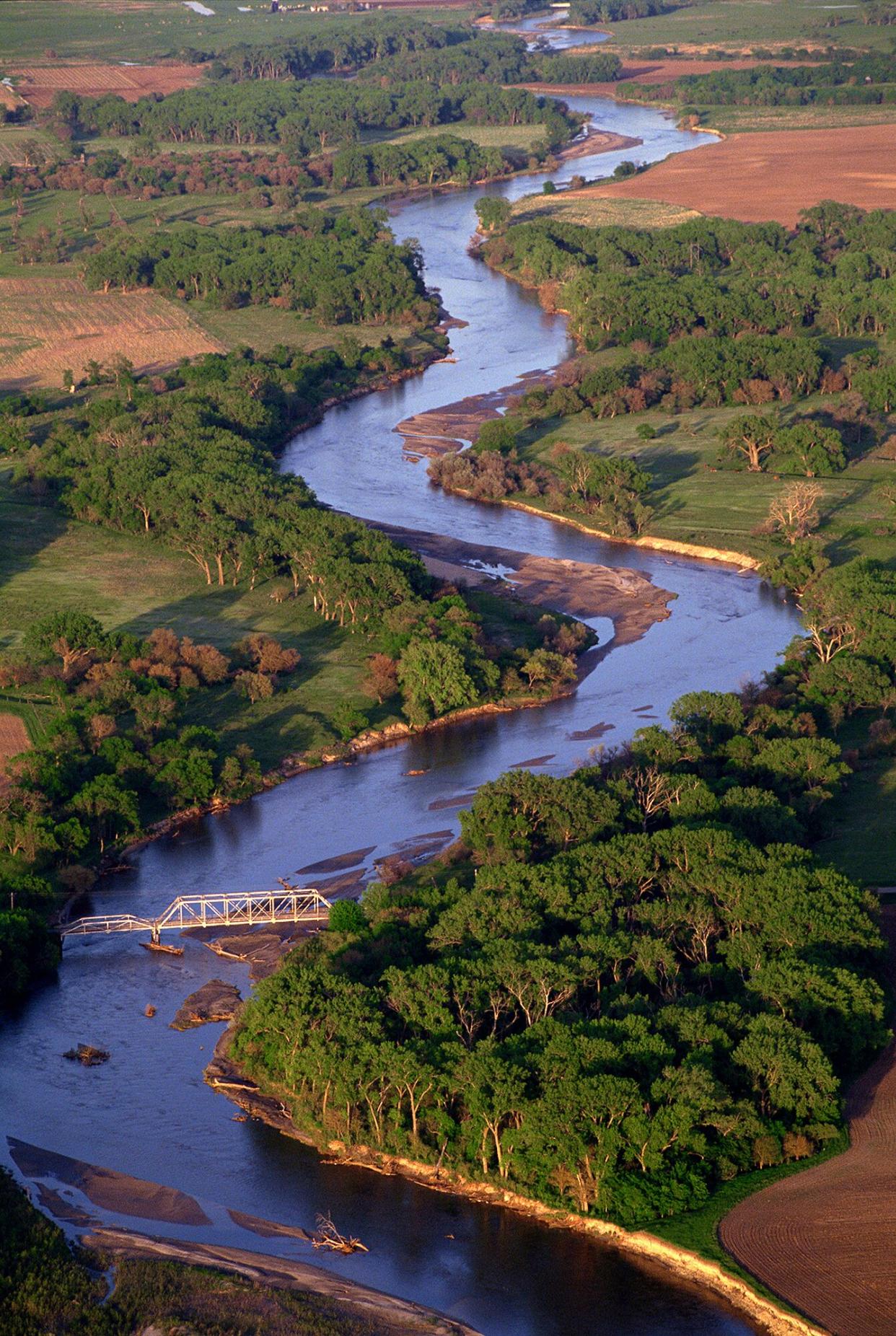Brain-Eating Amoeba Likely Caused Nebraska Child's Death

Getty Elkhorn River
A child in Nebraska is suspected to have died from infection with Naegleria fowleri, known as a brain-eating amoeba, according to the state's Department of Health and Human Services.
In a Wednesday release, the DHHS said the child, whose age was not reported, "most likely acquired the infection," Naegleria fowleri, "while swimming in the Elkhorn River, shortly before illness."
"If confirmed, it is the first known death from Naegleria fowleri in Nebraska's history," they added.
Douglas County Health Director Dr. Lindsay Huse said in a statement Wednesday, "We can only imagine the devastation this family must be feeling, and our deepest condolences are with them."
"We can honor the memory of this child by becoming educated about the risk and then taking steps to prevent infection," Huse added.
Never miss a story — sign up for PEOPLE's free daily newsletter to stay up-to-date on the best of what PEOPLE has to offer, from juicy celebrity news to compelling human-interest stories.
The recent death of a child in Douglas County is suspected to have been caused by Naegleria Fowleri. @DouglasCountyNE @UNMC @NEDHHS @OmahaScanner @OmahaFire @OWHnews @DCSheriffNE @KETV @noiseomaha pic.twitter.com/6vs2KeMQzW
— Douglas County Health Department (@HealthDouglasCo) August 17, 2022
RELATED: Florida Teen Hospitalized Due to Brain-Eating Amoeba Following Family Beach Trip
According to the Centers for Disease Control and Prevention, Naegleria fowleri is a single-celled living organism "that lives in soil and warm fresh water, such as lakes, rivers and hot springs."
"It is commonly called the 'brain-eating ameba' because it can cause a brain infection when water containing the ameba goes up the nose," the CDC adds. "Only about three people in the United States get infected each year, but these infections are usually fatal."
The group explains that "people become infected when water containing Naegleria fowleri enters the nose, usually while swimming. People do not get infected by drinking contaminated water."
There have been only 154 infections reported to the CDC from 1962 to 2021. "The annual number of U.S. infections ranges from 0 to 8, with higher numbers appearing to occur in heat wave years when air and water temperatures are higher," they say.
RELATED VIDEO: What You Need To Know About Naegleria Fowleri, The Brain-Eating Amoeba
The Douglas County Health Department revealed Wednesday that the CDC "is conducting further testing to confirm" that the child, who swam in the Elkhorn River on Sunday, did in fact contract Naegleria fowleri.
There will be a press conference held Thursday at 10:30 a.m. local time at the DCHD, the group said in their Wednesday release.
Symptoms of Naegleria fowleri generally start one to nine days after nasal exposure and many people die within 18 days of showing symptoms, according to the CDC. These include severe headaches, fever, nausea and vomiting in the first stage and stiff neck, seizures, altered mental status, hallucinations and a coma in the second stage.
Primary amebic meningoencephalitis (PAM), the infection caused from the amoeba, is ultimately hard to detect, though, because of the rapid progression of the disease. Diagnosis is typically made postmortem.
Although infection is rare, there is currently no way to reduce the number of amoebas in water. On its website, the CDC says it is "unclear how a standard might be set to protect human health and how public health officials would measure and enforce such a standard."

 Yahoo Movies
Yahoo Movies 
